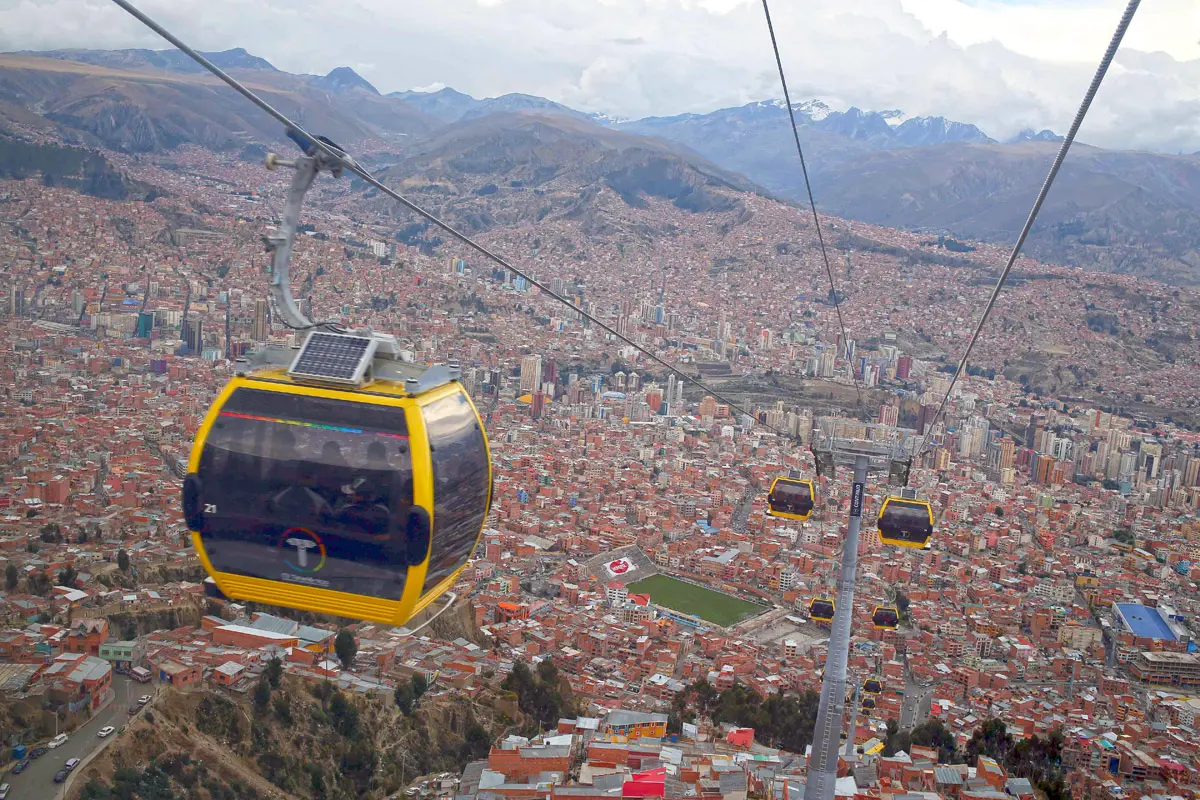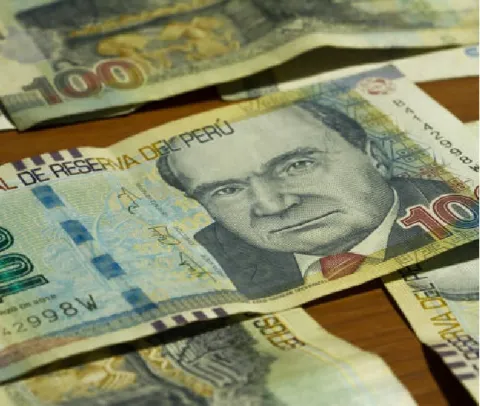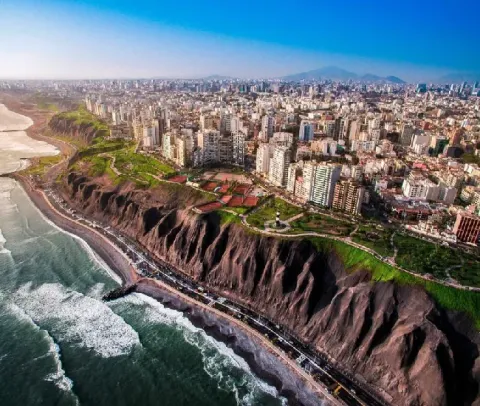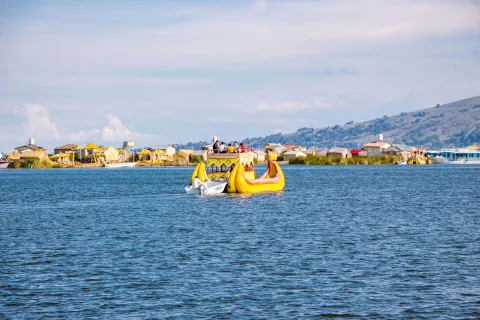Many travelers are surprised to learn that Bolivia has two capitals. So, what is the capital of Bolivia — Sucre or La Paz? The answer is both simple and complex, and in this guide, I’ll break it down clearly, especially if you're planning a trip to this fascinating country.
I recently spent five days in La Paz, riding the teleféricos (cable cars), exploring the high-altitude streets, and even visiting the iconic Hernando Siles Stadium. But what shocked me the most was how many people — locals and tourists alike — weren’t sure which city is truly Bolivia's capital.
Most people I spoke to — even locals — gave me different answers. That’s when I realized: Bolivia doesn’t just have two capitals. It has two identities.
Quick Answer: What Is the Capital of Bolivia?
The constitutional capital of Bolivia is Sucre, as stated in the country’s Constitution. However, La Paz is the seat of government — home to the President, Congress, and most administrative offices.
So if you’re wondering what is the capital of Bolivia, the quick answer is:
“
Sucre is the official capital, but La Paz is the political one.
”
Sucre is Bolivia’s official capital, but La Paz is where the government actually operates. Two cities, one country, and a lot of confusion!
Sucre vs La Paz: A Simple Table for Tourists
City | Capital City | Main Functions | Altitude |
| Sucre | Constitutional Capital | Supreme Court, historical seat | 2,790 m |
| La Paz | Administrative Capital | President, Congress, ministries | 3,640 m |
Why Does Bolivia Have Two Capitals?
A Brief History: War, Politics, and Compromise
In the late 1800s, a civil conflict known as the Federal War ended with power shifting from Sucre to La Paz. While Sucre remained the constitutional capital, La Paz became the new center of government.
Bolivia’s Constitution and the Division of Power
According to Bolivia’s 2009 Constitution:
Sucre is the capital of the nation.
La Paz is where the Executive and Legislative powers operate.
The Supreme Court remains in Sucre.
Sucre: The Constitutional Capital
Sucre is a UNESCO World Heritage Site, known for its white colonial buildings, mild climate, and rich history. It’s where Bolivia declared its independence and where the Supreme Court still resides.
A charming city with historical weight
If you're a fan of history, calm streets, and traditional markets, Sucre offers a more relaxed, authentic Bolivian vibe.
La Paz: The Real Political and Government Hub
What I saw: Teleféricos, stadiums, and life above the clouds
La Paz, on the other hand, is where modern Bolivia happens.
The teleféricos connect different parts of the city with jaw-dropping views.
The Hernando Siles Stadium is one of the highest in the world.
The streets are packed with markets, government buildings, and lively culture.
Though not the capital by law, La Paz feels like the real capital — loud, active, and full of national decisions.
Which City Feels More Like the Capital?
What travelers should know before visiting
Choose Sucre for historical insight and a calm experience.
Choose La Paz for government life and Andean energy.
After five days in La Paz, it was clear to me that most of Bolivia’s daily decisions — from politics to infrastructure — are made there.
Surprising Facts About Bolivia’s Two Capitals
Here are a few fun and unexpected facts that might surprise you if you're planning to visit Sucre or La Paz:
La Paz has the highest golf course in the world. The La Paz Golf Club sits at over 3,200 meters above sea level.
Sucre was the first capital of independent Bolivia, named after the revolutionary leader Antonio José de Sucre.
La Paz hosts a colorful witch market — "El Mercado de las Brujas" — where you can buy potions, herbs, and even llama fetuses for traditional Aymara rituals.
Sucre’s full name is “La Ilustre y Heroica Sucre,” reflecting its historical importance and pride.
Bolivia’s two capitals are not only politically different, but culturally opposite. While La Paz is chaos and altitude, Sucre is calm and tradition.
Hidden Mysteries and Confusion Around the Capitals
Many travelers — and even locals — still debate which city "truly" deserves the title of capital.
Some maps show Sucre, others La Paz. Even official websites aren’t consistent.
Government ceremonies may take place in either city depending on the year or political climate.
Google Maps sometimes favors La Paz, while history books stick with Sucre.
One traveler I met in La Paz told me:
“
I landed thinking I was in the capital... then a local told me it’s not really the capital. So, who do I believe — the Constitution or my hotel receptionist?
”
This duality makes Bolivia even more fascinating to explore.
Travel Tips for Visiting Sucre and La Paz
Here are some quick and helpful tips for travelers who plan to visit one or both of Bolivia’s capitals:
Acclimate in Sucre first. It’s lower in altitude and easier on your body.
Take altitude seriously in La Paz: drink coca tea, walk slowly, and avoid alcohol your first day.
Use the teleféricos — they’re fast, cheap, and scenic.
Sucre is great for digital nomads: safe, affordable, and relaxing.
Always carry cash. Not every place accepts cards, especially in Sucre.
Talk to locals about the “two capitals” — you’ll hear amazing perspectives.
FAQ: Capital of Bolivia Confusion Explained
Why does Bolivia have two capitals?
Because of a political compromise after the Federal War of 1898. Sucre remained the official capital, while La Paz became the seat of government.
Is La Paz or Sucre the city where the president lives?
The president lives and works in La Paz. That’s where the executive and legislative branches are based.
Which city should I fly into if I’m visiting Bolivia?
Most international flights go to La Paz or Santa Cruz. From there, you can take a domestic flight to Sucre.
Is Sucre worth visiting if I’m already in La Paz?
Definitely! Sucre is full of charm, history, and stunning colonial architecture. It’s also much calmer.
Which city is safer for tourists?
Both are relatively safe, but Sucre tends to feel more peaceful and manageable for new travelers.
What’s the best way to travel between Sucre and La Paz?
You can take a quick flight (about 45 minutes) or enjoy a scenic but long bus ride through the Andes.
Final Thoughts: Two Cities, One Country, Plenty to Explore
Sucre is the legal capital, with historical and judicial importance.
La Paz is the functional capital, where the government lives and breathes.
If you're visiting Bolivia, don’t choose — explore both cities and experience the full story. Trust me, it’s worth it.
You don’t have to pick a side — just pick a flight. Bolivia’s story lives in both Sucre and La Paz.





Add new comment